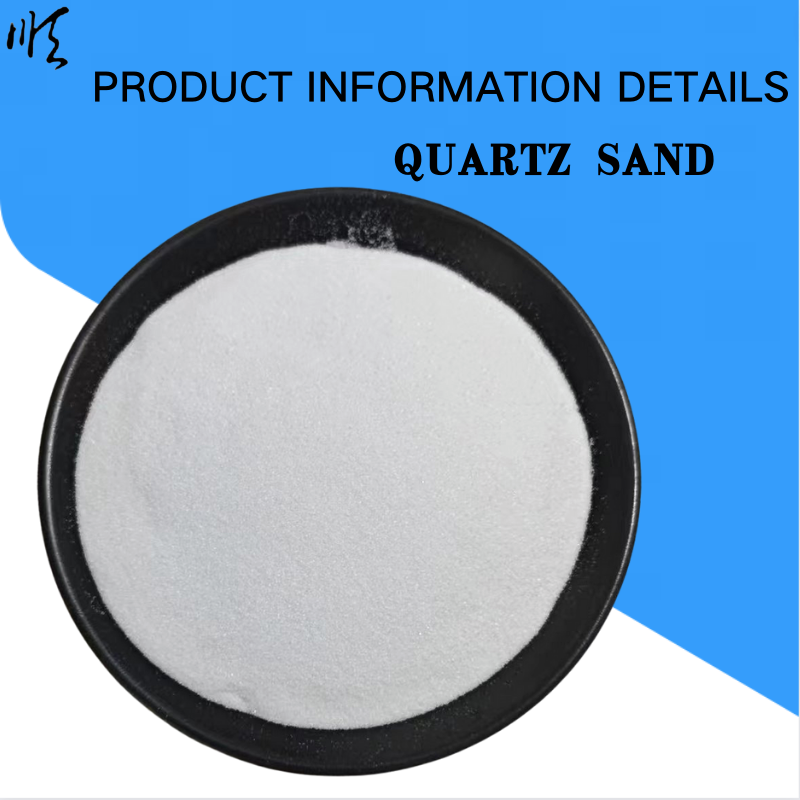
burnt lime
Understanding Burnt Lime Its Composition, Uses, and Importance
Burnt lime, also known as quicklime or calcium oxide (CaO), is a chemical compound derived from limestone through a process called calcination. This process involves heating limestone (calcium carbonate) in a kiln at temperatures ranging from 900 to 1,200 degrees Celsius, resulting in the release of carbon dioxide gas (CO₂) and the formation of quicklime. This white, caustic solid plays a crucial role in various industrial and environmental applications, making it an essential material in modern society.
Composition and Properties
The primary component of burnt lime is calcium oxide, which is a white, crystalline solid in its pure form. It has a high melting point (about 2,572 degrees Celsius) and is hygroscopic, meaning it readily absorbs moisture from the air. When it comes into contact with water, quicklime reacts exothermically to form calcium hydroxide (Ca(OH)₂), commonly referred to as slaked lime. This reaction produces heat and is fundamental to many of quicklime's applications.
One of the most remarkable properties of burnt lime is its alkalinity. Quicklime exhibits a high pH level, making it effective in neutralizing acidic substances. This property makes it invaluable in several industries, particularly in wastewater treatment and soil stabilization.
Applications of Burnt Lime
Burnt lime has a wide array of applications across multiple sectors. One of the most significant uses is in the construction industry, where it serves as a key ingredient in the production of cement. The addition of quicklime to cement not only enhances its binding properties but also improves its strength and durability.
In the realm of environmental management, burnt lime plays a vital role in treating wastewater. It effectively neutralizes acidic effluents, thus helping to meet regulatory standards for water quality. Additionally, quicklime assists in the removal of impurities and contaminants, making it an essential component in the treatment of municipal and industrial wastewater.
burnt lime

Agriculture is another sector that benefits from the use of burnt lime. By applying quicklime to acidic soils, farmers can improve soil pH, promoting a healthier environment for crops. The enhanced soil conditions lead to better nutrient availability and increased yield potential.
Furthermore, burnt lime is utilized in the steelmaking process, where it acts as a flux to remove impurities from iron ore, thereby producing high-quality steel. The metallurgy industry relies heavily on this material to ensure efficiency and purity in metal production.
Safety and Environmental Considerations
Despite its numerous benefits, burnt lime must be handled with care due to its caustic nature. Exposure can result in skin burns or respiratory issues; therefore, appropriate safety measures, including personal protective equipment (PPE), should be employed during handling and application. Additionally, quicklime needs to be stored in a dry environment to prevent unwanted reactions with moisture.
From an environmental perspective, while burnt lime is crucial in mitigating pollution and improving soil conditions, its production does contribute to carbon emissions. Efforts are being made to enhance the sustainability of quicklime production by utilizing alternative energy sources and improving combustion processes in kilns.
Conclusion
In conclusion, burnt lime is a versatile chemical compound with a wide range of applications spanning construction, environmental management, agriculture, and metallurgy. Its ability to neutralize acidity, bind materials, and improve soil health makes it a vital resource in many industries. As we move towards a more sustainable future, the challenge will be to balance the benefits of burnt lime with environmentally responsible production practices. Understanding its properties and applications will help industries maximize its potential while minimizing environmental impact.
Share
-
Fly Ash Solutions Enhanced by GPT-4 Turbo | Sustainable InnovationNewsAug.01,2025
-
Natural Premium Bentonite Cat Litter - Superior ClumpingNewsJul.31,2025
-
Premium Resin Coated Sand - High Heat Resistance CastingNewsJul.31,2025
-
High Quality Silicon Carbide Grit for Abrasive ApplicationsNewsJul.30,2025
-
High-Quality Ceramsite for Plants & Gardening | Lightweight PebblesNewsJul.29,2025
-
Premium Burgundy Glass Marbles for Vases & Shooter GamesNewsJul.29,2025






